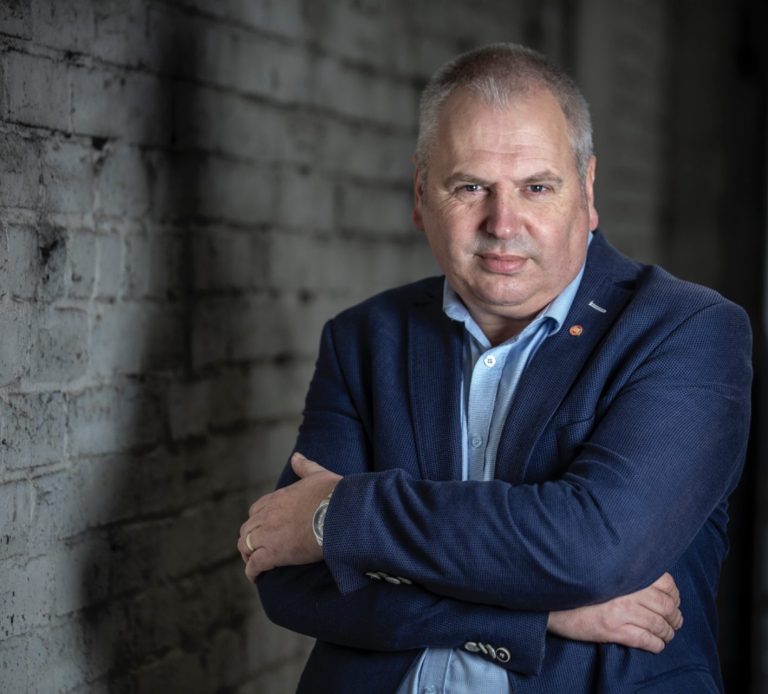Violence Reduction Units at a Crossroads

A Positive Future?
Executive Summary:
This report examines the current state and future potential of Violence Reduction Units (VRUs) in the United Kingdom, analysing their role in addressing youth violence and broader social challenges. The research, conducted through extensive interviews, documentation review, and analysis of successful interventions, presents a compelling case for evolving VRUs into comprehensive prevention partnerships.
Youth violence remains a persistent challenge across the UK, with knife crime affecting a significant proportion of young people. However, this violence exists within a broader context of social challenges, including rising youth homelessness, increased school exclusions, and growing mental health concerns. These issues have been exacerbated by a 60% reduction in youth service provision since 2010 and increasing pressure on local authority budgets.
The current crisis response approach to these challenges proves both ineffective and expensive. Alternative provision in education costs approximately three times more than mainstream schooling, while youth custody can cost up to £305,892 per person annually. Despite these significant expenditures, outcomes often remain poor, with high rates of reoffending and limited positive destinations for young people in these systems.
The research identifies successful prevention programs across the UK that demonstrate the effectiveness of early intervention. These programs, operating in safe spaces and delivered by trusted adults, show promising results in diverting young people from violence and supporting positive life outcomes. Examples include the Brighton Streets Project, which achieved a 35% reduction in youth violence, and the Lancashire Youth Champions Programme, which has successfully engaged over 2,000 young people.
The report proposes that VRUs could evolve beyond their current focus on violence reduction to become prevention partnerships, overseeing a wider range of youth support services. This transition would require:
1. Development of a national oversight body to coordinate prevention strategies
2. Increased investment in primary and secondary prevention programs
3. Alternative funding models involving private sector and philanthropic investment
4. Enhanced community engagement and support
5. Integration with proposed youth futures hubs
The findings suggest that this preventative approach, while requiring initial investment, would provide significant long-term cost savings compared to current crisis response models. More importantly, it would offer young people greater opportunities to thrive and contribute positively to their communities.
The report concludes that the success of VRUs in reducing violence demonstrates the effectiveness of prevention-focused approaches. By expanding their remit and securing sustainable funding through innovative partnerships, these units could play a crucial role in addressing the broader challenges facing young people in the UK today.
Click [here] to download today.
© Copyright. All rights reserved.
We need your consent to load the translations
We use a third-party service to translate the website content that may collect data about your activity. Please review the details in the privacy policy and accept the service to view the translations.
